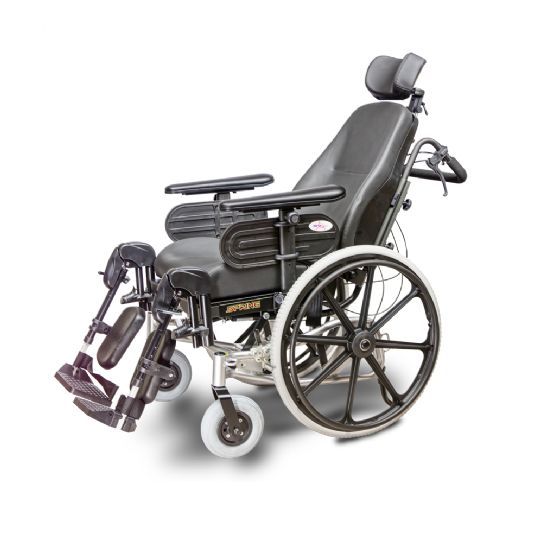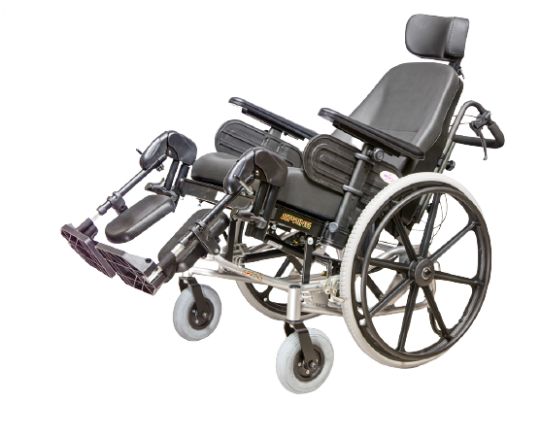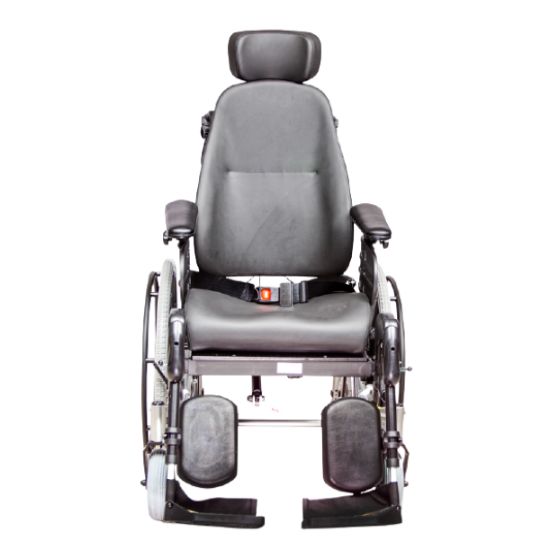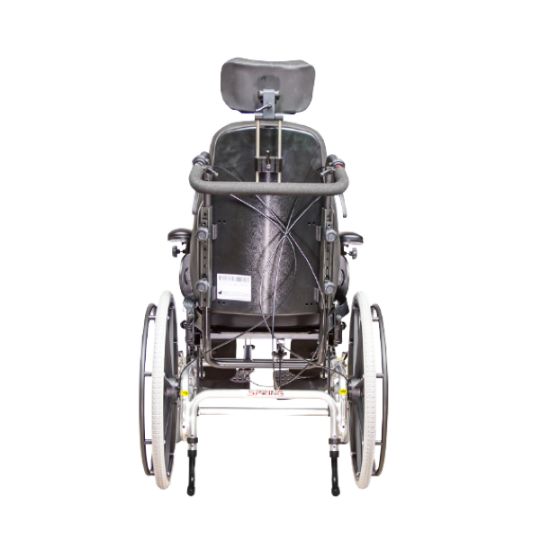From Then to Now
As far back as ancient Greece, inventors have created devices for enabling people with physical handicaps to travel from one location to another. Most of these early devices were designed simply to address the question of basic transportation, and most, again, were designed primarily for people whose rank, status, or wealth made them exclusively eligible for such high-tech assistance. By the end of the 20th century, however, modern governments had passed laws that made the accommodation of people with physical disabilities synonymous with the fulfillment of civil rights. To that end, Heartway USA emerged as a notable contributor to the manufacturing and distribution of mobility devices that not only preserved the basic high-tech function of the age-old wheelchair, but also dedicated its work to producing wheelchairs of the highest quality.
The Spring Model
The Spring Tilt-in-Space High Back Wheelchair possesses all of the hallmarks of Heartway USA's mobility devices, including ergonomic seating, thoroughgoing adjustability, and stylish yet reliable drive wheels and front casters. Its defining characteristic, however, is its tilt and recline functionality. While standard wheelchairs accomplish the same basic goal as their ancient prototypes, the Spring model allows its occupants to adjust the angle of their posture to a more comfortable position. Beyond that, the tilt and recline function achieves its greatest performance by enhancing the safety and comfort of patients whose particular conditions or disabilities make postural adjustment a medical necessity. People with dystonic forms of cerebral palsy, myoclonic seizures, and other disorders involving sudden or violent spasms can benefit from the Spring's backward tilting option, while the reclining feature can assist in mitigating the development of pressure ulcers in spinal cord injury patients and others who require long-term use of seated transportation.

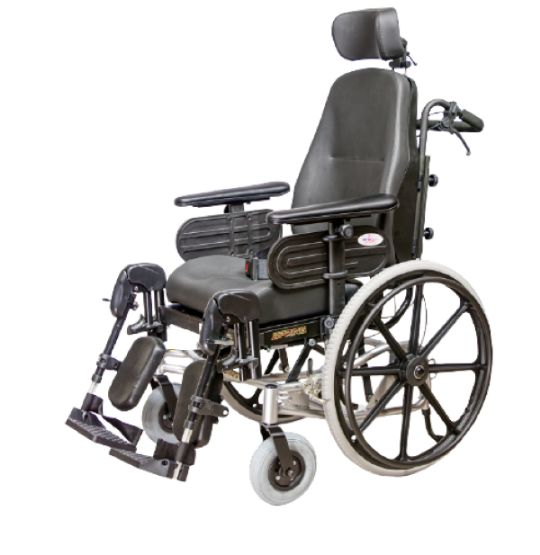
.png&maxheight=500&quality=80&newwidth=500)
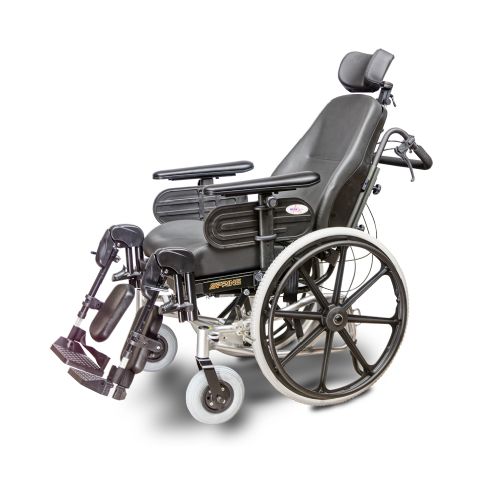

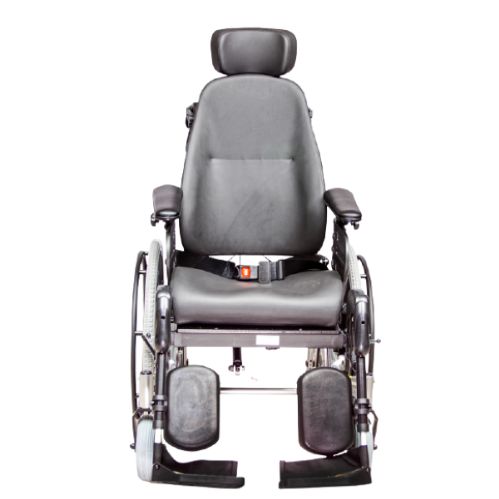




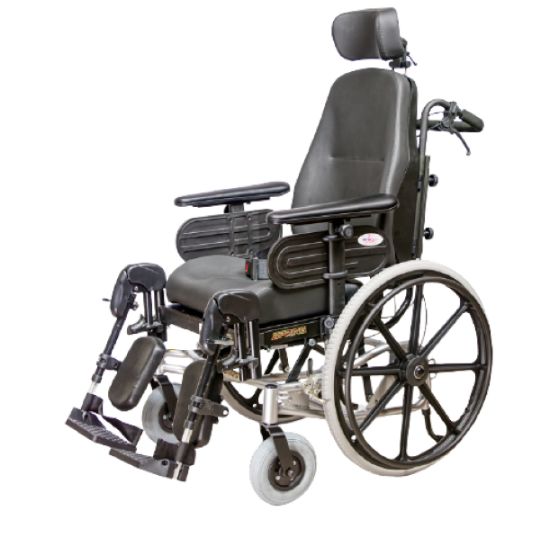
.png&quality=&newwidth=500)
